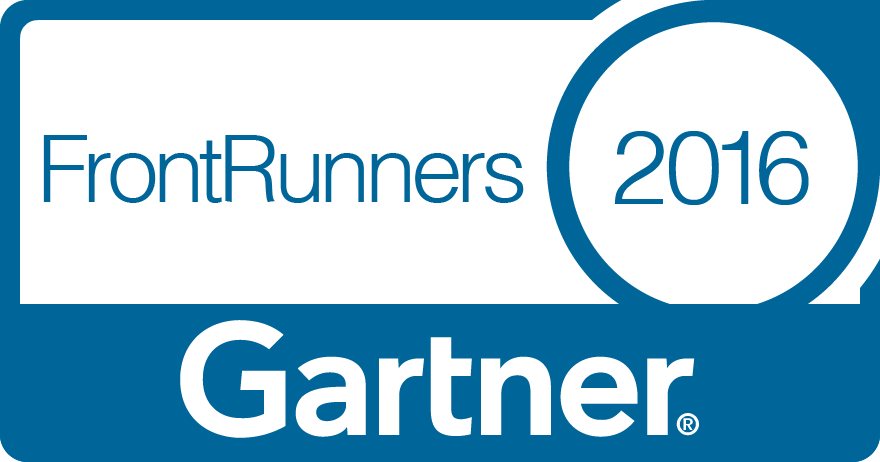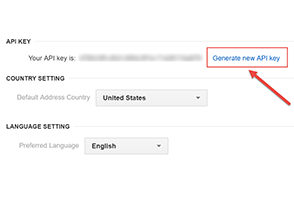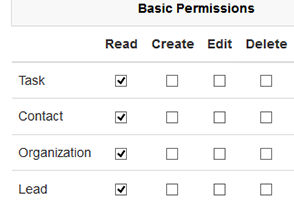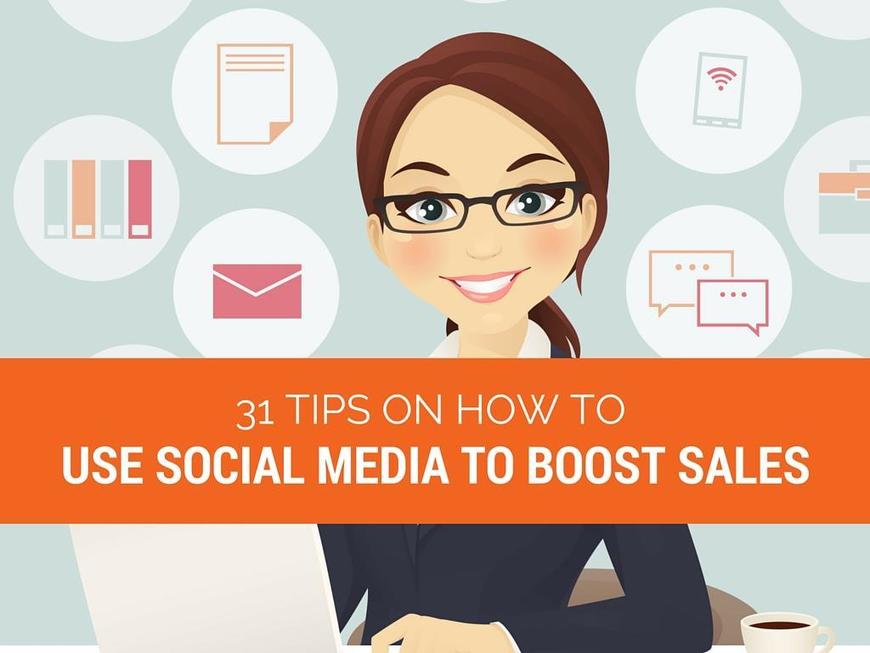
CRM is expensive, complicated, and incompatible with your existing software… right?
Recently, Insightly, in conjunction with research consultancy Bredin, surveyed 312 business owners each with under 500 employees and spanning a variety of industries. The idea was to find out what their concerns and fears were in relation to software, particularly CRM software. The results weren’t surprising, showing that there’s still a lot of confusion over the complexity and concerns over the cost of today’s CRM tools – plus a considerable amount of anxiety surrounding the implementation of new software altogether.
These myths can easily get in the way of what, for most companies, is a solid business decision. As such, we’ve tabulated and digested these concerns to uncover the five biggest myths surrounding CRM. Here are their concerns… and the facts.
Myth #1: CRM Is Too Expensive
Undoubtedly the biggest myth surrounding CRM relates to cost. In the survey, 76 percent of respondents named up-front cost as their most pressing concern when adopting new software, far and away the biggest concern cited. Further, 38 percent cited maintenance costs as another key concern, the second highest ranking issue in the survey.
Software can be expensive, but it doesn’t have to be, and the trend of complex, million-dollar installations from the 1990s and 2000s has given way to a new business model that prioritizes simple installations at a much lower cost. Technologies like CRM, once seen as too pricey for all but very large companies, are now readily accessible by any organization, even self-employed workers with no employees.
In fact, Insightly offers some plans for very small organizations that are completely free. Even its upgraded plans mostly run less than $50 a month per user, and Insightly, like most software companies today, offers a free trial so users can determine whether the software is right for them. Aside from the price of the subscription, there aren’t any hidden costs because the software is cloud-based, so users don’t have to worry about pricey consultants, programmers, or other service providers when installing the system.
Can you calculate a return on investment (ROI) of CRM? One research group did and found that users generated an additional $5.60 per $1 invested in CRM tools, measured through its impact on increased sales and heightened productivity of the sales team. Not every CRM implementation will generate such high returns, but if CRM software is installed with thought and foresight about what the business wants to get out of the system, the chances for a higher ROI are all the greater.
Myth #2: CRM Won’t Work with My Existing Systems
Compatibility is another key concern that survey respondents cited, with 32 percent saying they were concerned that new software wouldn’t work with existing systems or applications.
Again, the cloud has become the great equalizer when it comes to compatibility, and vendors continue to make it easy to integrate systems, including CRM, with other software you already use. For example, Insightly works with Google Apps, Microsoft Office 365, QuickBooks Online, Xero, Dropbox, Box, MailChimp, Evernote, and more. (You can find the complete list on Insightly’s website.)
What does integration mean? With QuickBooks Online or Xero accounting integration, users can drill down on a customer to see their payment history without having to leave Insightly and jump over to an accounting application. Accounting and sales information is automatically synced with the Insightly interface, so users are freed from having to enter the same information twice. Want to create a new invoice for a customer? You can do it directly through Insightly instead of having to switch to your accounting app.
Ultimately, a well-implemented CRM system will save time through its integration hooks, not just integrating with your existing software but enhancing the way both systems operate.
Myth #3: CRM Will Take Too Long to Set Up and Be Too Complex
Implementation time was mentioned by 17 percent of survey respondents as a top concern when adopting new software, and you can hardly blame them. For professionals who worked in the client-server days of computing, implementing a new software package was a lengthy activity fraught with risk. “Failed software implementations” were so common that the term “failed software implementation” actually came into existence. The reasons for these failures are many, but in many cases, large-scale software rollouts at the time were so drawn-out that by the time the software implementation was actually completed, it was already out of date.
Once again, the cloud has come to the rescue and makes this fear almost completely irrelevant today. Working through a standard web browser, there’s no need to install any software to get a modern CRM system up and running. Users simply point their browser to the new system, set up logins, and get to work. The effort of populating the CRM database can typically be handled by a data import system (Insightly supports five data migration tools), and any software integrations (like the accounting example mentioned above) can be handled with plug-ins.
For larger or more complex installations, help is readily available. Insightly offers private training sessions and an in-depth onboarding experience that can help users less familiar with web-based software get more comfortable with the software, fast. If there are hiccups in implementation or a difficult environment that requires extra training, those resources are available to get your business up and running quickly. (More on this in Myth #4.)
Myth #4: Employees Will Be Too Resistant to CRM
This is another major myth, but this one has more than a little truth surrounding it. Employees are resistant to many things. Change the office layout and they will resist. Change the dress code and they will resist. And, of course, implement a new software package and they will resist. In corporate America (and beyond), it’s all too easy to become complacent, and it shouldn’t come as a surprise as to why. It’s simply easier to do things “the old way” rather than adapt to something new. Learning a new skill or a new software package is hard and takes time – and it detracts from doing your day-to-day job. For many workers, the prospect of implementing a new software package means, at least at first, that they’ll be spending more time at the office.
Survey respondents recognize that training isn’t always easy, with 11 percent citing training as a key concern with software implementation. That really only gets to a part of the issue though, as it’s resistance to the software, not just training people how to use it, that can be the more difficult challenge.
CRM is a special case, because the employees that are tasked the most to work with it – salespeople – can be some of the most stubborn of all in their resistance to change. Salespeople are often creatures of habit and ritual, workers who have figured out “what works” and may have the track record to prove it. CRM can often be seen by salespeople as a hindrance to getting their job done, a hurdle that actively harms their career because it limits their ability to call prospects and results in having to give away their client database, something they may consider (accurately or not) private in nature.
Overcoming this resistance can be so difficult that I wrote an entire blog post about the subject of buy-in last year. You can read those lessons at the previous link, but the insights include involving employees early on in the process, before you ever select a CRM product; ensuring the early days of implementation don’t involve adding to each worker’s task list; and simply making use of the CRM tool a mandatory part of every user’s job.
Ultimately, the training process may prove to be a difficult one, but it is not insurmountable.
Myth #5: CRM Is Only for Giant Enterprises
In a separate question, business owners were asked whether they understood the business challenges that CRM addresses and whether they understood the benefits that CRM offered. On both questions, less than 40 percent of respondents answered affirmatively, indicating that there is both considerable confusion and apathy about the value of CRM.
Much of this stems from CRM’s reputation as a “big business” tool, and again, it is hard to blame business owners for that mentality, because that is where CRM originated. No small business could afford the complexity of a CRM tool 20 years ago; in the small business world, CRM was just another, somewhat informal part of the job of the sales force.
CRM has of course changed in the intervening years, but in many cases the mindset hasn’t. And that’s a mistake, because CRM today has myriad benefits for businesses of any size (extending beyond the ROI benefits outlined in Myth #1).
It’s a common misconception that CRM is only valuable in “big data” environments where thousands or millions of customers are involved. Small businesses can find value in CRM in myriad ways, ranging from simplifying and automating their customer communications systems to understanding how and from where sales are generated. And that makes sense: Every business, large or small, should have a solid understanding of their customer base, who they are, what they’re buying, and other essential customer behaviors.
In fact, it’s through this very understanding that companies grow from small businesses into large ones.
At Insightly, we offer a CRM used by small and mid-sized businesses from a huge variety of verticals. Learn about all of Insightly’s features and plans on our pricing page or sign up for a free trial.


About the Author: Christopher Null is an award-winning business and technology journalist. His work frequently appears on Wired, PC World, and TechBeacon. Follow him on Twitter @christophernull.































